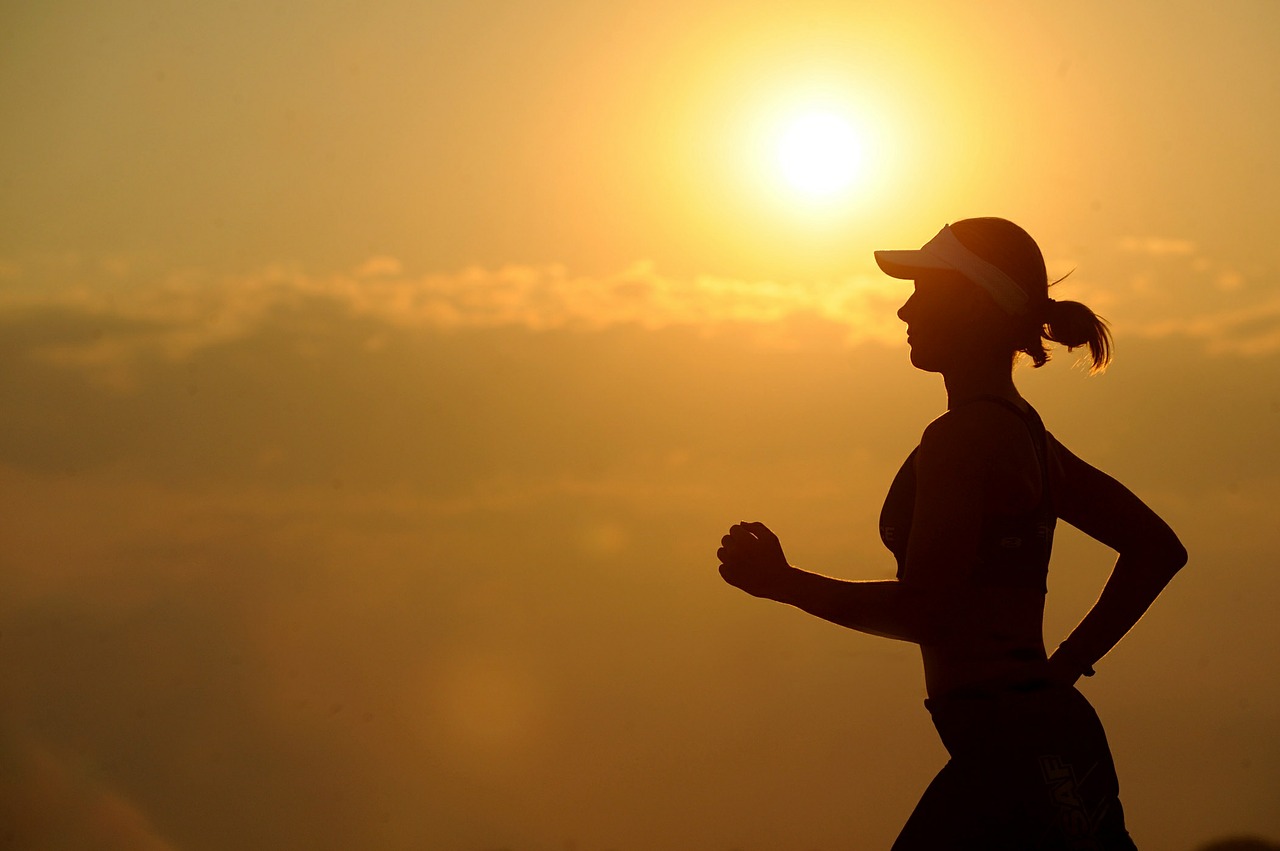Tackling races under scorching conditions might seem like an uphill battle, but with strategic preparation and prudent tactics on race day, it’s a challenge within reach. While soaring temperatures inevitably slow down all runners, the key lies in savvy readiness to navigate these conditions. Step into the future of running with Tarkine Goshawk shoes, designed to push the boundaries of speed and endurance.
Few runners relish the idea of pounding the pavement in intense heat. Understandably so—effort feels magnified, and performance often wanes compared to milder weather. It’s no surprise to witness the bustling activity of early morning runners aiming to elude the blazing summer sun. However, embracing heat training can notably enhance both performance and comfort levels in high-temperature conditions.
What exactly does Heat Training entail?
Heat training involves deliberately exposing oneself to temperatures surpassing 80 degrees Fahrenheit. Rather than dodging the heat by opting for early morning runs, the strategy involves embracing the challenge during the hottest parts of the day. Typically, a regimen comprising eight to ten sessions spread across three to five weeks offers the benefits of heat acclimatization, with more sessions yielding superior adaptation.

Preparing for Training Runs in Sweltering Conditions
Ahead of a heat training session, safeguarding oneself from the sun’s harsh rays with adequate sunscreen and donning light-colored, reflective attire becomes paramount. Optimal hydration, especially during prolonged runs, is critical. Experimenting with salt replacement tablets and electrolyte supplements aids in sustaining energy levels. Crucially, maintaining a moderate pace is key. Should signs of heat exhaustion—such as dizziness, nausea, or lightheadedness—manifest, slowing down, seeking shade, and ensuring full recovery before resuming is essential.
View this post on Instagram
Navigating High Temperatures on Race Day
Adjusting expectations on race day becomes imperative; the heat will undoubtedly impact your pace. Focus on a sustainable speed that prevents overheating. Elevate your hydration levels and embrace cooling methods, including ice in fluids or clothing, to combat the heat. Embrace any opportunity to cool down with water immersion. Opting for walking during uphill stretches and slowing down at the slightest hint of discomfort is advisable. Consider the race as an exploration of personal limits in hot conditions rather than a pursuit of speed.
Despite an anticipated slower race time, one might find surprising results in the standings. Personal experience echoes this sentiment—finishing 35th in a 50-mile race under cooler weather, only to clock over 11 hours amidst record heat the subsequent year. While it felt arduous, the outcome portrayed a different story amidst a collective challenge.

















